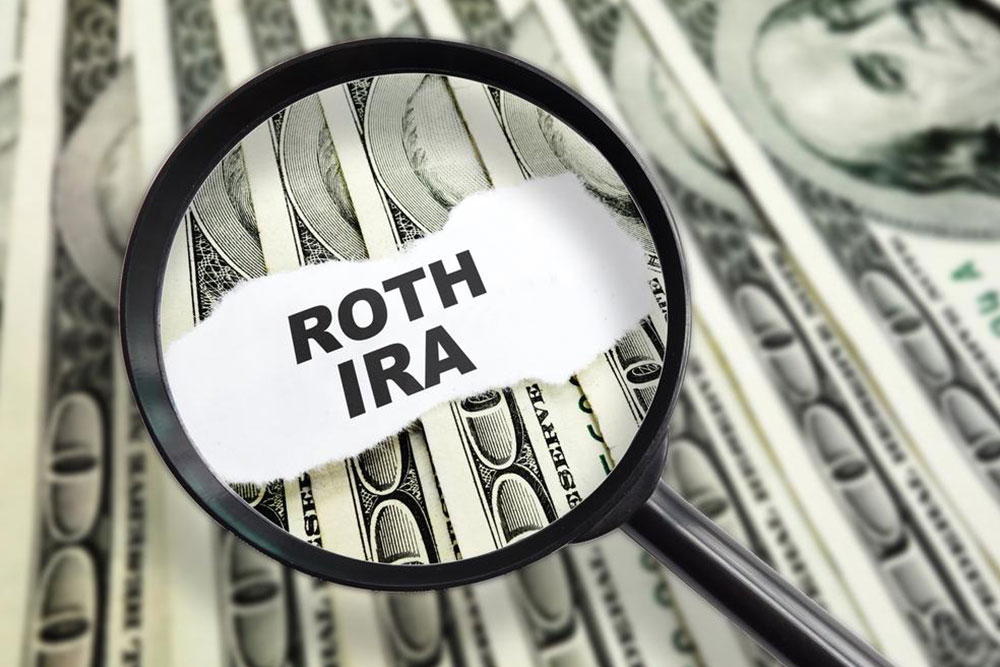Comprehensive Guide to Solo 401(k) Retirement Plans
This article offers a detailed overview of Solo 401(k) plans, ideal for self-employed entrepreneurs and small business owners. It explains eligibility criteria, contribution limits, investment options, and plan types, providing practical guidance for maximizing retirement savings for self-employed individuals. Perfect for those seeking flexible, high-contribution retirement accounts without full-time employees, the Solo 401(k) is a strategic choice for self-employed professionals aiming to optimize their retirement planning.

Comprehensive Overview of Solo 401(k) Retirement Plans
A Solo 401(k) is a retirement savings account designed for self-employed individuals and small business owners without full-time employees. This plan allows participants to make tax-deferred contributions from their earnings, with tax benefits similar to standard 401(k) plans, but without requiring employer involvement. It’s ideal for entrepreneurs, freelancers, and small partnerships, offering flexibility and higher contribution limits, especially for those over 50. Both employers and employees can contribute, making it a versatile retirement savings option.
Designed specifically for single-owner businesses or self-employed professionals, the Solo 401(k) is also referred to as a Self-Employed 401(k) or Individual 401(k). It’s suitable for companies without full-time staff, where contributions can be made by both the business owner and their spouse, offering sizable savings potential. Contribution limits are higher than traditional plans and can be adjusted for age, particularly benefiting those over 50 years old.
Eligibility Criteria for Solo 401(k)
The individual must have self-employment income, either part-time or full-time.
This plan is available to sole proprietors, partners, LLC members, and corporations owning at least 5% of the business.
The business must not have full-time employees eligible to participate (excluding employees under 21, certain expatriates, and union members with specific benefits). Only the owner, partners, and their spouses qualify.
Types of Solo 401(k) Plans
These plans differ based on their documentation and operation agreements. The plan can be customized by selecting options provided by plan sponsors, which offer either prototype or individually tailored plans. There are mainly two types based on investment preferences and control levels:
Brokerage-based Solo 401(k) – Features limited market-based investment options like stocks and mutual funds, with no loan provisions.
Self-directed Solo 401(k) – Offers broader investment choices, including real estate, private business interests, precious metals, and personal loans, excluding collectibles. It also facilitates converting traditional 401(k)s to Roth accounts.









